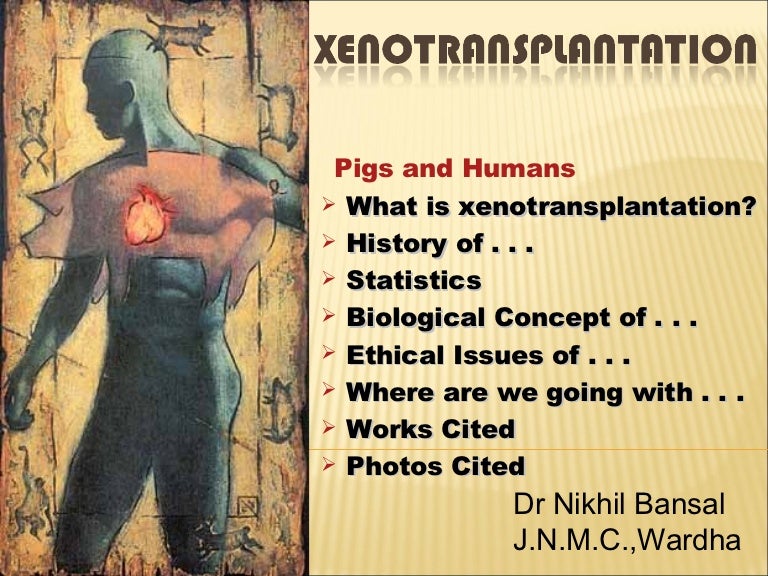
In late 1870's a further distinction would prove useful in clinically defining the diabetic state. Later, Claude Bernard (1848) would experimentally demonstrate that glucose is a normal constituent of the blood which was derived from hepatic stores of glycogen independent of dietary nutrients of sugar and carbohydrates, and absorbed by the intestines, converted to glucose and released into the circulation upon need during the fasted state.ĭespite this progressive trend in characterizing the disease, its relation to the pancreas remained unrecognized until the 1870s when the French physician, Apollinaire Bouchard observed the occurrence of pancreatic lesions in post-mortem tissues of diabetics. In 1815 Chevreul identified the urine sugar as glucose which he held to be a byproduct upon digesting plants (Figure 1). Later John Rollo (1797), suggested an "animal diet" to treat patients with excessive blood sugar or hyperglycemia (Figure 1).

It was the observations of Matthew Dobson in 1776 however that identified the sweetness as sugar that was present in the blood as well as the urine of diabetic patients since fermentation occurred with the addition of yeast. While Thomas Willis in 1679 noted the "wonderfully sweet" quality of the evaporated residue of diabetic urine that "tasted like honey", William Cullen noted in 1769 that there was a diabetic urine which was insipid to the taste and drew a distinction between the two by designating diabetes "mellitus" (honey) referring to Willis's observation and diabetes "insipidus" referring to his observation of tasteless urine from polyuric patients. The historical backdrop provides an insight to legitimate concerns of physicians for patients balanced by their willingness to employ unknown and novel treatments to rescue patients from the dreaded consequences of diabetes.ĭiabetes, Pancreas, Xenotransplantation, Insulin, Islets, Internal secretionĪlthough diabetes as a disease characterized by excess loss of urine and its 'sweet' quality was known in the East for centuries and named diabetes by Aretaeus in 2 nd century AD, it was not until the 17 th century that the characteristic quality of urine and blood began to take on clinical significance. Ultimately the more refined extracts derived from duct-ligated pancreas to reduce the contaminating exocrine parenchyma led to the isolation and therapeutic use of insulin. Initially the isolation and application of the potential anti-diabetic factor took the form of crude preparations of pancreatic 'juice' or the application of raw animal pancreas both via oral consumption as well as xenogeneic grafting. Once correlated however, dynamics were set into motion whereby the then current theory of internal secretion would initiate a struggle between hormone replacement theory per se and organ replacement. Known throughout previous centuries yet ever evasive as a defined dysfunctional complex within carbohydrate metabolism, diabetes was initially challenged by its tenuous association with the pancreas. More specifically, it focuses on the advances and scientific findings that arose historically as a consequence of the newly diagnosed state of diabetes mellitus in the mid-1800s.

The present study re-examines the historical and cultural context in which the first pancreatic xenografts which preceded any attempt at allotransplantation emerged as an interventional force within clinical medicine during the mid-1800s into the early part of the 1900s. Although this amazing and novel medical step into the future holds significant therapeutic promise for pancreas xenotransplantation presently impeded by lack of sufficient donors, its origins arose in an era that is often portrayed as an age of medical quackery and iatrogenesis. Recent advancements being made in the humanization of Crispr-based gene-edited animals have now provided a sophisticated molecular platform for exogenic organ production and xenotransplantation.


 0 kommentar(er)
0 kommentar(er)
